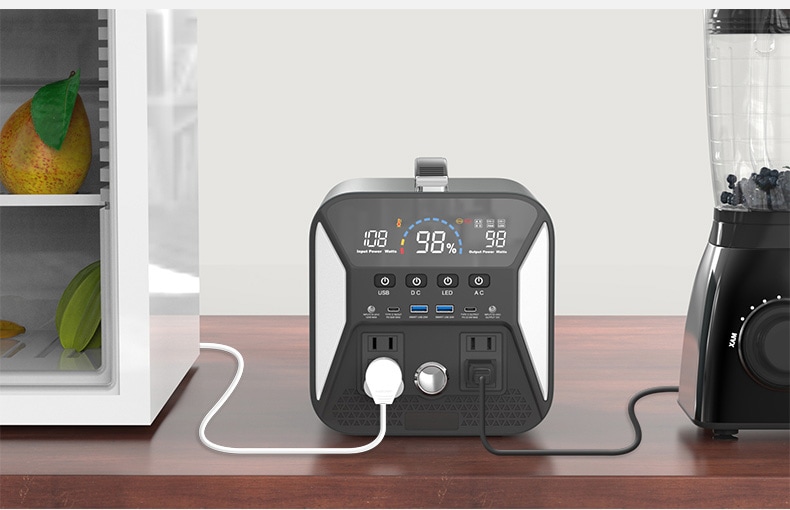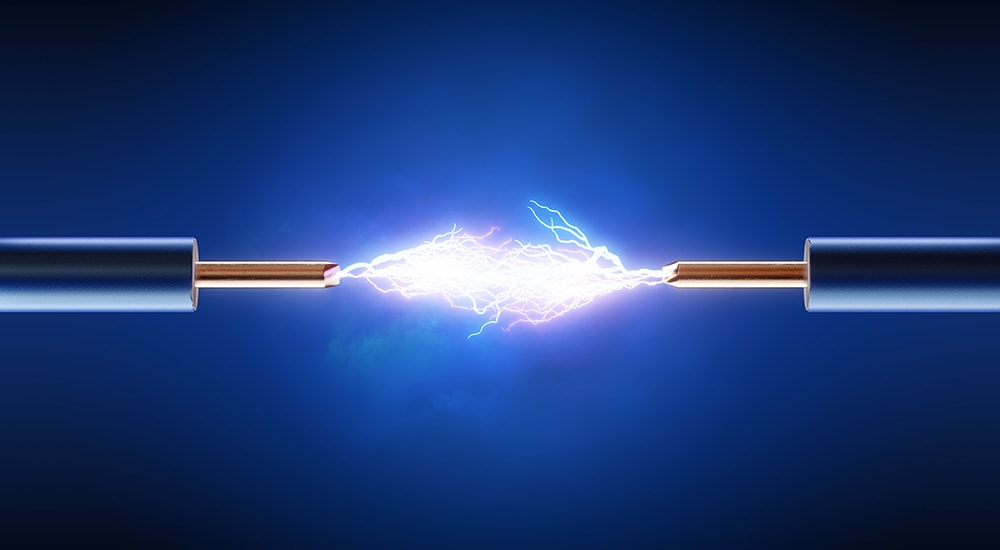Introduction
Have you ever looked at an electrical device and wondered what amps, watts, and volts mean? Do you know the difference between them? Understanding the basic principles of electrical power can be overwhelming, but it’s essential if you want to ensure that you’re using your devices safely and efficiently. In this ultimate guide, we’ll break down the differences between amps, watts, and volts in a way that’s easy to understand.

Amps, Watts, and Volts: What Are They?
Before we dive into the details, let’s define what each of these terms means:
- Amps (A): Amps refer to the amount of electrical current flowing through a circuit at any given time. It’s the measure of the number of electrons that pass through a point in one second.
- Watts (W): Watts refer to the amount of power used by an electrical device. It’s a measure of how much energy is being transferred from one form to another per second.
- Volts (V): Volts refer to the amount of electrical pressure that’s pushing the current through a circuit. It’s the force that causes the electrons to flow.
Understanding Amps, Watts, and Volts: What’s the Difference?
Amps, watts, and volts are all interconnected, but they measure different aspects of electrical power.
Amps vs. Watts
Amps measure the current flowing through a circuit, while watts measure the power used by an electrical device. The relationship between amps and watts is determined by the voltage of the circuit.
For example, let’s say you have a device that requires 5 amps to operate and is connected to a 120-volt circuit. To determine the watts used by the device, you would multiply the amps by the volts (5 x 120 = 600 watts).
Volts vs. Amps
Volts measure the electrical pressure pushing the current through a circuit, while amps measure the current flowing through the circuit. The relationship between volts and amps is determined by the resistance of the circuit.
For example, let’s say you have a circuit with a resistance of 10 ohms and a voltage of 120 volts. Using Ohm’s Law (V = IR), you can determine that the current flowing through the circuit is 12 amps (120 = 10 x 12).
Watts vs. Volts
Watts measure the power used by an electrical device, while volts measure the electrical pressure pushing the current through a circuit. The relationship between watts and volts is determined by the current flowing through the circuit.
For example, let’s say you have a device that uses 600 watts of power and is connected to a 120-volt circuit. To determine the amps required by the device, you would divide the watts by the volts (600 ÷ 120 = 5 amps).
Why Understanding Amps, Watts, and Volts is Important
Understanding amps, watts, and volts is crucial for several reasons.
Safety
Using electrical devices without understanding the principles behind amps, watts, and volts can be dangerous. Overloading a circuit by plugging too many devices into a single outlet or using devices that draw too much power can cause electrical fires, shock, and even electrocution.
Efficiency
Understanding the relationship between amps, watts, and volts can help you use your electrical devices more efficiently. For example, using the correct wattage of a light bulb for a particular fixture can help you save money on your electricity bill and prolong the life of the bulb.
Compatibility
Understanding the relationship between amps, watts, and volts can also help you determine the compatibility of electrical devices. For example, if you’re purchasing a new electrical device, you’ll need to ensure that it’s compatible with the voltage of the circuit it will be connected to.
Frequently Asked Questions about Amps, Watts, and Volts
- What’s the difference between AC and DC current?
AC (alternating current) and DC (direct current) are the two types of electrical current. AC current changes direction periodically, while DC current flows in one direction. Most household electrical devices use AC current, while batteries and some electronic devices use DC current.
- How do I measure amps, watts, and volts?
You can measure amps, watts, and volts using a multimeter, a tool that measures electrical properties.
- What happens if I use the wrong wattage light bulb in a fixture?
Using a light bulb with a wattage that’s too high for a fixture can cause the fixture to overheat and potentially start a fire. Using a light bulb with a wattage that’s too low can cause the bulb to burn out quickly.
- Can I use an electrical device from another country in the United States?
Electrical devices from other countries may not be compatible with the voltage of the US electrical system. You’ll need to use a voltage converter to ensure that the device operates correctly.
Conclusion
In conclusion, understanding amps, watts, and volts is essential for using electrical devices safely and efficiently. Remember, amps measure current, watts measure power, and volts measure pressure. Understanding the relationship between these three concepts can help you avoid dangerous situations and save money on your electricity bill. If you have any further questions about amps, watts, and volts, consult a qualified electrician or use a reliable online resource.

